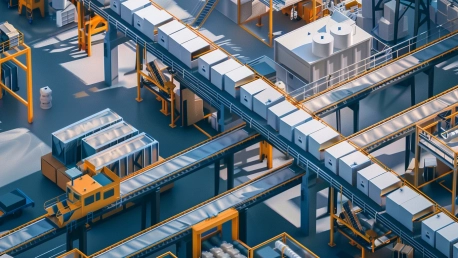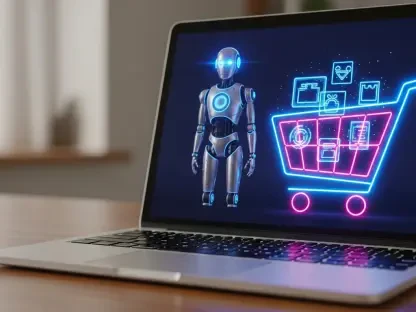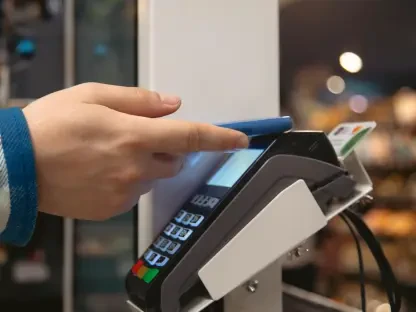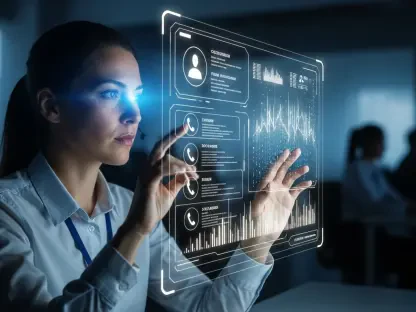This year marks a significant milestone in retail supply chain technology, commemorating the 50th anniversary of the first retail barcode scan. On June 26, 1974, a Universal Product Code (UPC) was initially scanned on a pack of Wrigley’s Juicy Fruit gum at a grocery store in Troy, Ohio. This seemingly mundane event ignited a wave of innovation that transformed retail operations, revolutionizing how products are managed, moved, and sold globally. Today, the retail industry faces higher demands for speed, accuracy, and complexity in operations, prompting the adoption of more advanced tools for serialized data capture like 2D barcodes and radio-frequency identification (RFID).These technological advancements enable retailers to achieve real-time inventory visibility and ensure on-shelf availability for omnichannel fulfillment. Increasingly, 2D barcodes provide customers with detailed product information, instant access to reviews, promotional offers, and integrated marketing campaigns. Despite prevalent use in operations, most retailers haven’t adopted 2D barcodes at the point of sale yet. Pioneers such as Target, Patagonia, and Dillard’s have started incorporating these technologies, with plans for broader application. To effectively integrate these solutions, retailers must follow well-structured steps, beginning with assembling a cross-functional team and performing a thorough needs evaluation.
1. Assemble a Cross-Functional Group
The supply chain influences every department in your organization—from purchasing and marketing to finance and IT—so it’s crucial to have each perspective included in your technology strategy and rollout. The aim is to ensure connectivity and communication so that your team is synchronized, and information can move effortlessly across the organization. Deploying new technology solutions like RFID and 2D barcodes impacts all facets of retail operations, necessitating contributions from various expertise areas.By integrating views from diverse departments, you can create a comprehensive plan that anticipates and addresses issues from multiple angles, ensuring smoother implementation. Engaging representatives from all departments in the decision-making and execution phases reinforces alignment, creating a cohesive strategy that supports organizational goals. This collaborative approach will not only foster better communication but also ensure all insights and needs are adequately addressed, ultimately enhancing the technology rollout.
2. Perform a Needs Evaluation
Identifying your prime opportunities to boost efficiency, reduce shrinkage, engage with your customers, enhance sustainability, and empower your staff is essential for a successful integration of RFID and 2D barcode technology. Conducting a thorough needs evaluation will provide clear insights into where improvements can be made, aligning your technology implementation plan with organizational objectives. This evaluation should comprise a detailed analysis of current operations, pinpointing inefficiencies and areas with the highest potential for improvement.Ensuring that your new technology implementation plan is tailored to these opportunities and minimizes your largest risks will maximize the benefits gained from adopting RFID and 2D barcodes. This includes not only targeting operational efficiencies but also enhancing customer experience and sustainability efforts. Empowering your workforce with the necessary tools and knowledge to leverage these technologies can drive significant advancements in inventory management, compliance, and customer engagement efforts.
3. Acquire Technical Expertise and Setup
Retailers require leaders and partners who not only comprehend how to integrate new technology but also possess the necessary infrastructure to collect, secure, and disseminate the data and insights it can provide. This is the time to retire any outdated or manual systems that will obstruct the free flow of your new insights. Upgrading to advanced systems that support RFID and 2D barcode capabilities will transform how inventory and supply chain data are managed and utilized.Ensuring your new systems are compatible with existing infrastructure is crucial for minimizing disruptions during deployment. Bringing in technical experts who understand both retail operations and the technical intricacies of RFID and 2D barcode systems will facilitate a smoother transition. They can offer guidance on best practices for data collection, security, and integration, optimizing the flow of information and enhancing system performance across the board.
4. Test First, Then Expand
As with any new investment or experiment, it’s ideal to test and learn in smaller controlled settings. Consider trialing the new technology in a single representative store or a few key markets to observe how your team and customers respond, and troubleshoot any questions or issues before a broader rollout. This approach allows for the identification and mitigation of potential problems, fostering a more seamless larger-scale implementation.Piloting RFID and 2D barcode technologies will provide invaluable insights into real-world application, gauging how these innovations impact operations, customer experience, and employee efficiency. Gathering feedback from these pilot tests enables refinement of the technology setup, training modules, and support mechanisms. Learning from these smaller settings builds a robust foundation for a successful broader rollout, ensuring that adjustments can be made swiftly to optimize technology deployment.
5. Develop Training and Tools
As RFID and 2D barcode technology become more integrated into retail operations, effective training programs and tools are essential to ensure that staff can efficiently use these systems. Comprehensive training helps employees understand the benefits and functionalities of the new technologies, which can enhance their performance and the overall customer experience. Developing detailed guides, tutorials, and hands-on training sessions will enable your team to maximize the potential of RFID and 2D barcodes, driving operational excellence and customer satisfaction.









